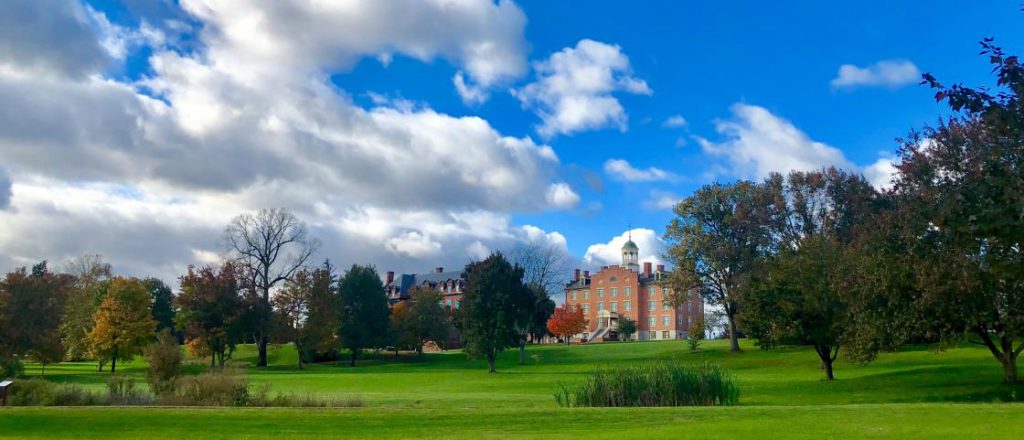Just as the Union line was unzipping, GEN Lee returned to the battle front. He was pleased to get the reports that his men had carried the day. He wanted to view the field once again so he moved to the east edge of the woods. Everywhere he looked were dead and wounded soldiers and horses. Heth’s Division was all but devastated, having carried the burden of the battle.
Remembering that Buford had occupied a steeple on top of a building, he knew that he could get the most complete overview of the terrain from that highest point. It was from here in the gathering darkest of the dusk, that he got his first glimpse of the hills that Buford and Reynolds were so taken with.

I have come to liken those moments, as Lee realizing that — like thousands of commanders before him throughout history — he was staring at his opponents occupying their castle walls waiting, even urging, him to attack. To me, this was the pivotal point of the battle and perhaps the war! Lee had four possible options; two of which were out of the question. His four options were the directions of the compass. Retreating (west) would be cowardly, as would moving north as he had originally planned. The Union force would just pursue him deeper into their territory. He could stay and fight (the equivalent of moving east). Or he could break contact and take his army south with the objective of attacking Westminster. If there was any prized city in the region, it was Westminster.
But before he made his ultimate decision, he had a more immediate concern. A quick assessment told him that using the cemetery as an anchor point Meade would align his army on those hills. Off in the distance was the highest and largest of those hills called Culp’s Hill. He decided that he need to occupy that hill. Doing so would disrupt the Union line by allowing his artillery to bear down on any point the Union held. It was obviously the single most strategic point on the field.
Here is where his command philosophy failed him! MG Early’s Division had moved down the east side of the city, He was in best position to occupy that hill. He was actually only a short distance away. Lee could almost see his campfires. But Lee did what he had always done: He sent an order to LTG Ewell telling him to attempt to take Culp’s Hill ”if practicable” [sic].
At this point in time, Ewell was still en route from Carlisle and had not yet arrived in the Gettysburg area. When he received Lee’s order he immediately re-routed it to Early, but it had taken far too much time.
Lee’s policy of communicating only with his three Corps commanders had failed him miserably. It would happen again!
Having sent the order, Lee retired to the widow Thompson’s farmhouse on the west edge of the city that his staff had commandeered as a HQ. He was weary and felling poorly.
